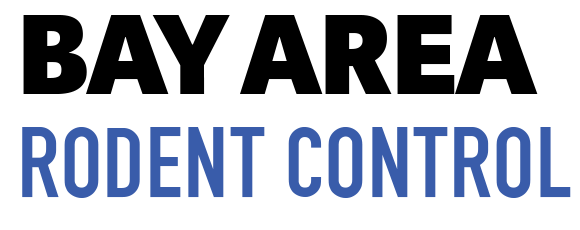Dealing with a rodent infestation is stressful enough, but cleaning up the aftermath requires special care. Rodents leave behind droppings, urine, nesting materials, and in some cases, dead bodies—all of which can harbor dangerous pathogens. Improper cleanup methods can expose you and your family to health risks, such as hantavirus and salmonella. In the Bay Area, where rodent infestations are common, following proper cleanup procedures is essential for ensuring a safe and sanitary home.
This guide provides a step-by-step approach to cleaning up after a rodent infestation while minimizing risks to your health and property.
The Risks of Improper Cleanup
Rodent waste can transmit harmful diseases and cause serious health complications. These risks include:
- Hantavirus Pulmonary Syndrome (HPS): Spread through rodent droppings, urine, or saliva, and can become airborne during cleaning.
- Salmonella: Caused by ingesting food or water contaminated with rodent waste.
- Leptospirosis: Contracted through contact with contaminated water or surfaces.
- Allergens: Rodent hair and droppings can trigger allergies or asthma in sensitive individuals.
Essential Tools and Supplies
Before you begin cleaning, gather the necessary supplies to protect yourself and ensure thorough sanitation:
- Disposable gloves
- N95 respirator or mask
- Eye protection
- Plastic garbage bags
- Paper towels
- Disinfectant or bleach solution (1 part bleach to 10 parts water)
- Mop and bucket
- Sealable plastic containers for cleaning tools
Step-by-Step Cleanup Process
1. Ventilate the Area
Allow fresh air to circulate by opening windows and doors for at least 30 minutes before starting the cleanup.
- Safety Tip: Avoid creating dust, which can spread harmful pathogens.
2. Wear Protective Gear
Always wear disposable gloves, an N95 mask, and eye protection to prevent direct contact with contaminated materials.
3. Remove Droppings and Nesting Materials
Rodent droppings and nests are primary sources of pathogens.
- Steps:
- Spray droppings, urine, and nests with a disinfectant or bleach solution until soaked.
- Wait 5–10 minutes for the disinfectant to take effect.
- Use paper towels to pick up the waste and dispose of it in a plastic garbage bag.
4. Clean and Disinfect Surfaces
Thoroughly clean all surfaces in areas affected by rodents.
- Steps:
- Spray surfaces with disinfectant and wipe clean with disposable cloths or paper towels.
- Focus on high-contact areas like countertops, shelves, and floors.
- Mop floors with a bleach solution for deep cleaning.
5. Dispose of Waste Safely
Proper disposal of contaminated materials is critical.
- Steps:
- Double-bag all waste, including gloves and cleaning materials, and seal tightly.
- Dispose of the bags in outdoor garbage bins with secure lids.
6. Handle Dead Rodents with Care
If you encounter dead rodents during cleanup, handle them carefully to avoid exposure.
- Steps:
- Spray the carcass with disinfectant and wait 5–10 minutes.
- Use paper towels or a shovel to place the rodent in a plastic bag.
- Double-bag the carcass and dispose of it in outdoor trash.
7. Wash Hands Thoroughly
After completing the cleanup, wash your hands thoroughly with soap and warm water for at least 20 seconds.
Additional Tips for Safe Cleanup
- Prevent Future Infestations:
- Seal entry points with steel wool and caulk.
- Store food in airtight containers.
- Maintain a clean and clutter-free environment.
- Use Professional Services:
- For severe infestations or large cleanup projects, hire a professional pest control service specializing in rodent removal and sanitation.
- Inspect HVAC Systems:
- Rodents often leave droppings in ductwork, which may require professional cleaning.
Final Thoughts
Cleaning up after a rodent infestation requires diligence, proper tools, and safety precautions to minimize health risks. By following these step-by-step procedures, you can restore your home to a clean and safe condition. Remember, prevention is just as important as cleanup—seal entry points, maintain cleanliness, and act quickly at the first signs of rodent activity to avoid future issues.
Your health and safety are paramount, so don’t cut corners when it comes to rodent cleanup. If the task feels overwhelming, don’t hesitate to seek professional help to ensure your home is thoroughly sanitized.
Relevant Links/Sources:
CDC: Safe Rodent Cleanup
UC IPM: Rodent Cleanup Guidelines
National Pest Management Association: Cleaning After Rodents
